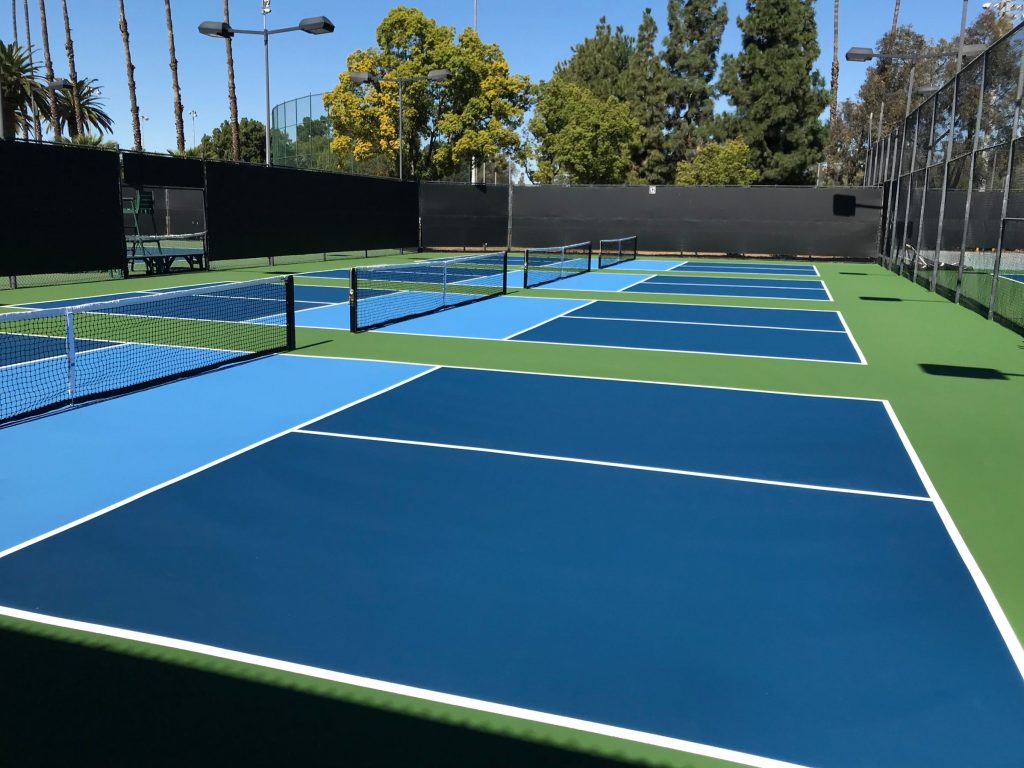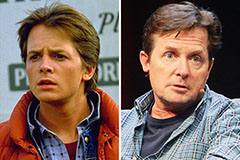Secret Aspects in the Building of Pickleball Judiciaries: From Website Selection to Final Coatings
The construction of pickleball courts incorporates a variety of essential factors, beginning with the choice of a proper site that balances accessibility with environmental considerations. Important components such as court measurements, surface area products, and drain systems significantly affect not only the high quality of play however likewise the durability of the center.
Site Selection Criteria
When starting the building of pickleball courts, it is vital to toenail down the site choice requirements that will certainly guarantee ideal playability and availability. The place needs to be quickly reachable for players, preferably situated near residential areas or recreation center, to urge engagement.
In addition, the surface needs to be level and secure, as uneven ground can bring about safety and security dangers and impact gameplay. Sufficient drainage is additionally crucial; selecting a website with excellent water overflow will aid preserve court conditions throughout negative climate.
An additional vital factor to consider is the schedule of utilities. Accessibility to power and water is needed for illumination and upkeep purposes. In addition, distance to auto parking facilities is essential, promoting simple accessibility for players and viewers alike.
Environmental variables can not be ignored; natural color from trees can enhance player convenience, while direct exposure to dominating winds might interrupt play. Zoning policies and neighborhood support need to be considered to make certain that the project lines up with neighborhood guidelines and gets the support it needs for effective execution. By very carefully examining these criteria, stakeholders can produce a welcoming and useful setting for pickleball enthusiasts.
Court Dimensions and Design
To make sure optimum gameplay and adherence to regulations, the dimensions and design of pickleball courts have to be meticulously defined. A typical pickleball court measures 20 feet in width and 44 feet in length for both singles and doubles play. The suggested design consists of a non-volley area, commonly referred to as the "kitchen," prolonging 7 feet from the internet on either side. This location is critical, as it affects gamer positioning and shot option - Illinois and midwest.
The web height is set at 36 inches at the sidelines and 34 inches at the facility, developing a slight dip that affects round trajectory. Court markings are just as vital; lines must be 2 inches wide and unique in shade to make sure exposure.
In addition, a buffer area surrounding the court is a good idea, typically expanding 5 to 10 feet beyond the sidelines and baselines to suit gamers' activities and improve security. Appropriate layout and dimensions not only make sure compliance with official regulations yet likewise improve the overall having fun experience, fitting both recreational and competitive play. Careful preparation in these areas is paramount to the effective building of pickleball courts.
Surface Material Options
Picking the ideal surface product for pickleball courts is vital for guaranteeing optimal gamer performance and safety and security. The selection of surface can significantly influence gameplay, including round bounce, traction, and gamer comfort.
There are numerous choices offered, each with its distinct features. Asphalt is a prominent selection because of its resilience and reduced maintenance needs. It offers a strong playing surface area that can stand up to numerous weather condition problems however might require regular resurfacing.
Concrete is one more extensively utilized product, offering exceptional long life and a smooth finish. It enables for regular round bounce however can be tough on players' joints, making it less preferable for lasting play without proper cushioning.
For those looking for enhanced comfort and shock absorption, supported acrylic surfaces provide a sensible alternative. These surfaces integrate a base layer with an acrylic overcoat, giving improved traction and a softer feeling, which is advantageous for minimizing the threat of injuries.
Lastly, synthetic turf is getting grip, specifically for multi-purpose centers. Its versatility and lower upkeep needs make it an appealing option, though it may not supply the very same round response as conventional difficult courts. Mindful factor to consider of these alternatives will certainly ensure an ideal having fun setting.
Water Drainage and Lights Factors To Consider
Proper drainage and effective lights are important elements in the building of pickleball courts, substantially affecting both playability and safety and security. Appropriate drain systems stop water build-up, which can result in slippery surfaces and damage to the court structure. A well-designed drainage strategy includes sloped surface areas and suitable materials to facilitate water stream away from the playing area - Illinois and midwest. This not only maintains the stability of the court however also minimizes downtime as a result of bad weather.
Lights is equally important, particularly for courts meant for night use. Appropriate lighting enhances exposure, making certain that players can see the sphere plainly and minimizing the risk of crashes. The positioning of lighting components need to be strategically prepared to remove darkness and offer even distribution of light across the court. LED lights are suggested for their power performance and longevity, using intense lighting while decreasing functional costs.

Last Surfaces and Maintenance
After dealing with drainage and lighting factors to consider, focus turns to the final coatings and recurring maintenance of pickleball courts. Common alternatives consist of acrylic finishes and specialized sports surfaces that give ideal traction and padding.

Seasonal maintenance may consist of resurfacing every few years, relying on usage and environmental variables. Correctly keeping webs, court lines, and bordering locations is equally crucial to provide a risk-free and delightful playing experience. By purchasing top quality coatings and sticking to an organized maintenance routine, center owners can ensure their pickleball courts stay in superb condition for many years to find.
Conclusion
Finally, the effective construction of pickleball courts hinges on careful focus to helpful site several essential aspects. Website selection need to focus on accessibility and terrain stability, while court dimensions and design need to abide by optimum criteria for gameplay. The selection of surface area product substantially affects gamer safety and security and efficiency. Reliable water drainage and ample lights add to court durability and exposure. Lastly, high quality finishes and a robust upkeep timetable are have a peek at these guys crucial for maintaining the court's problem, improving the general experience for players and spectators alike.
 Spencer Elden Then & Now!
Spencer Elden Then & Now! Michael J. Fox Then & Now!
Michael J. Fox Then & Now! Katie Holmes Then & Now!
Katie Holmes Then & Now! Seth Green Then & Now!
Seth Green Then & Now! Bo Derek Then & Now!
Bo Derek Then & Now!